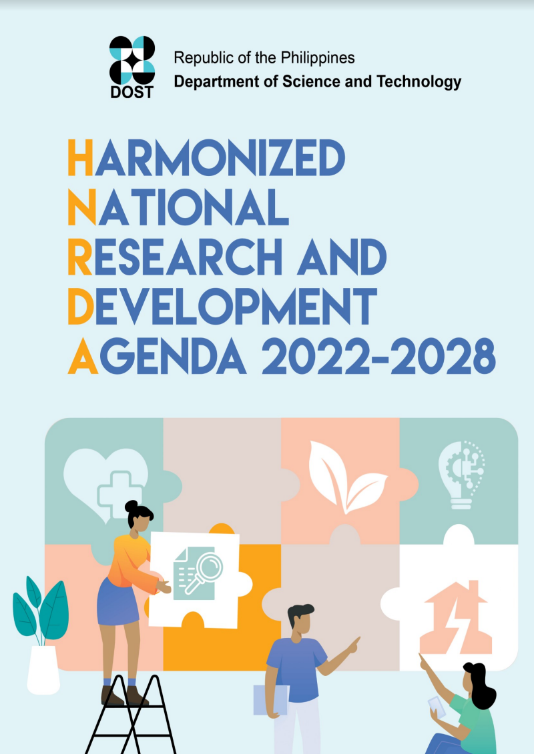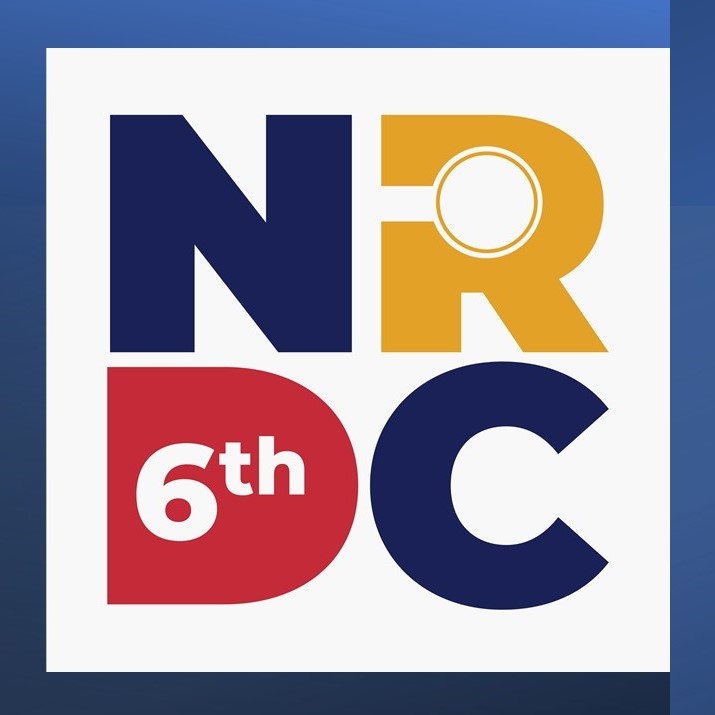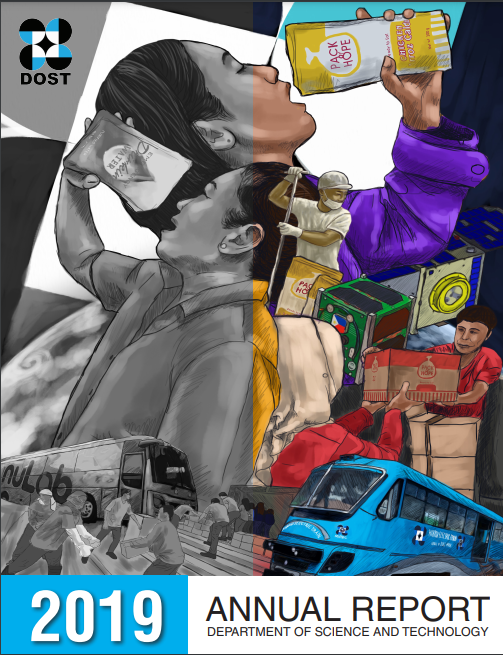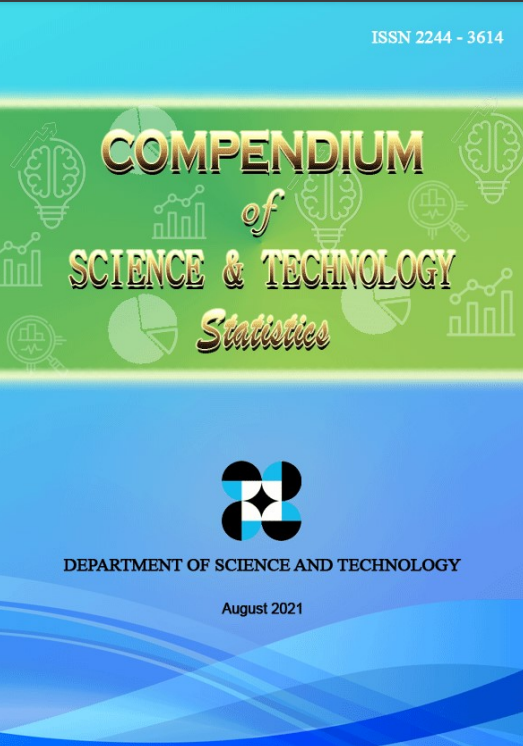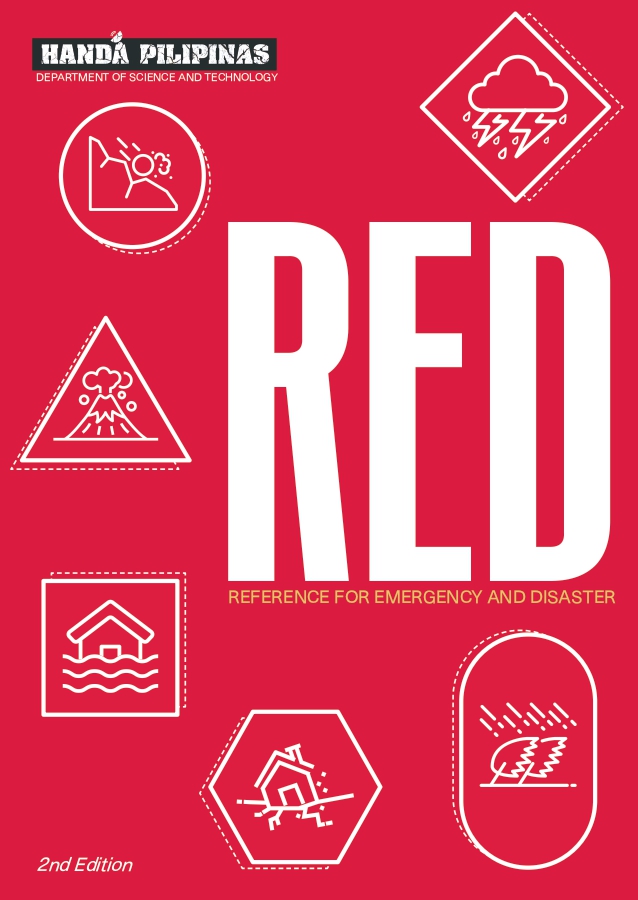DOST-DREAM Project extended to cover whole PH in 3D flood maps
- Details
- Hits: 6268
The Department of Science and Technology (DOST) - Project NOAH’s component called Disaster Risk and Exposure Assessment for Mitigation or DREAM Program will be extended in order to scan the whole country and produce three-dimensional (3D) flood hazard maps. Dr. Rowena Guevarra, executive director of the project’s funding agency, announced the extension during the recent DREAM Report to Stakeholders Meeting at the National Engineering Center-UP Diliman.
A pioneering and big-ticket program component of DOST’s Project NOAH (Nationwide Operational Assessment of Hazards), DREAM is being implemented by engineers from the UP Diliman and funded by the DOST-Philippine Council for Industry, Energy and Emerging Technology Research and Development (PCIEERD).
The DREAM Project, extended from 2014 to 2016, is expected come up with a comprehensive and integrated flood early warning system (IFEWS) covering the entire country by the end of the program’s second leg in 2016.
“[M]ay part 2 po ang DREAM. Yun po yung sinasabi ni Asec. Raymund Liboro na sa 2014 hanggang 2016, tatapusin po nating yung two-thirds ng Philippines kasi one-third lang yung assignment nila Engr. Enrico Paringit sa DREAM 1,” said Dr. Guevarra. (DREAM has a Part 2. That is what Asec. Raymund Liboro was referring to when he said that by 2014-2016, we will complete two-thirds of the Philippines because only one-third was covered by Engr. Paringit in DREAM 1.)
Barely two years after its inception in December 2011, DREAM has scanned 17 of the targeted 18 critical river basins in the country through LiDAR (Light Detection and Ranging), a state-of-the-art technology that can generate high-resolution, up-to-date, and three-dimensional (3D) flood hazard maps.
The DREAM team has already produced LiDAR-based flood models for Mandulog in Iligan City, Pampanga, Davao Oriental, Marikina, Cagayan de Oro, and Compostela Valley. The rest of flood models are to be completed by June 2014, the project’s original end date.
According to its program leader Engr. Enrico Paringit, DREAM currently has around 70 staff members, a number that still has to be augmented for the expansion.
To aid in the shortage of manpower, Dr. Guevarra said 30 to 50 state universities and colleges in the country offering geodetic engineering and computer science courses will be tapped to help implement the second leg of the program.
“Akala ng tao, pag may eroplano, pwede na. Kailangan po ng tao na magpa-process ng data. Pinakaimportante ang human resources dahil kung walang magpa-process ng data, wala rin,” she said. (People think that having airplanes alone solves the problem. We need people who will process the data. Human resources are the most important part of this project because without these people, this program won’t work. )
DREAM currently has only two aircrafts carrying LiDAR instruments, the Pegasus and the Aquarius. In its second leg, DREAM aims to double the number of equipment being used to be more efficient in data gathering, said. Dr. Guevarra.
“Mado-doble na ang bilang ng mga eroplanong ginagamit natin. (The number of airplanes we’re using will be doubled). Work [for the program’s second phase] will start this last quarter of 2013.”
DOST-PHIVOLCS warns metro to check structures’ compliance to Building Code
- Details
- Hits: 5871
Houses and buildings in Metro Manila including churches, need inspection to ensure that they comply with the standard Building Code, told Dr. Renato U. Solidum, director of the Department of Science and Technology’s Philippine Institute of Volcanology and Seismology (DOST-PHIVOLCS).
Solidum’s warning came in the face of mounting concerns about Metro Manila’s readiness should an earthquake with a magnitude similar to the 7.2 temblor which shook Central Visayas last week hit the crowded metropolis.
Since earthquakes cannot be predicted, Metro Manila should be prepared and take all possible measures for greater safety as early as now, said Solidum. One of these measures is a thorough inspection of houses, schools, office, residential and commercial buildings, churches and other edifices to check if these are structurally safe.
“The Philippines is prone to hazards including earthquakes due to its geological location. It is in the Pacific Ring of Fire, and it is prone to volcanic eruptions and earthquakes…,” stated Solidum.
Historically, the tectonic plates of the West Valley Fault, which runs from San Mateo in Rizal all the way to the city of Taguig, were last activated in 1658 resulting in an earthquake. According to the PHIVOLCS director, these plates are expected to move again anytime within 400-600 years after this. If they do move against each other, the resulting tremor may be as strong as the killer quake that claimed almost 200 lives (as of press time) and toppled numerous structures including historic churches in Bohol and Cebu. Among these are the Basilica Minore del Santo Niño in Cebu City; Church of San Pedro Apostol in Loboc, Bohol; Church of Our Lady of the Immaculate Conception in Baclayon, Bohol; and the Church of Our Lady of the Assumption in Dauis, Bohol.
According to data by PHIVOLCS, a 7.2 earthquake in Manila and nearby provinces would result to a death toll of at least 37,000 with 604,000 injured and P2.4 trillion worth of damage to buildings. Said data is the result of a three-year risk analysis project by the Philippine and Australian governments. The study was presented during the Launch and Handover of Multi-hazard and Risk Maps for the Greater Metro Manila Area held last Oct. 17 at Crowne Plaza in Ortigas.
The PHIVOLCS director added that the churches in Visayas crumbled during the quake partially because they are made of limestone which easily softens. The 7.2 temblor occurred at 8:12 am on October 15, 2013 with its epicenter located 2 kilometers southeast of Carmen in Bohol
DOST to meg “Smarter Philippines” as world zooms in on emerging economies
- Details
- Hits: 4544
Smarter technologies and capabilities made possible by the Department of Science and Technology (DOST), are out to bolster the Philippines’ global competitiveness amid forecasts that the country will rise as the world’s 16th largest economy, leaping 27 places from its current position.
In his presentation during the recent opening of the North Luzon leg of the Regional Science and Technology Week (RSTW) at the Benguet State University in La Trinidad, Benguet, Alejandro Melchor III, executive director of DOST’s Information Communication Technology Office (DOST-ICTO), revealed that the world is now looking at the Philippines and other Asian countries as the fastest growing economies.
“Who will deliver the fastest growth in 2050? Number one, China, traditional; second, India, and surprisingly, the Philippines,” exclaimed Melchor.
Smarter Philippines
DOST leverages these projections to prepare the country towards this global economic shift as it directs the journey toward a “Smarter Philippines,” a program which will enable the country to achieve global competitiveness by developing and deploying smarter technologies. In particular, Smarter Philippines aims to enhance capabilities and thus give local and global investors more options to invest in agriculture, industries, governance, climate change adaptation, human capability, jobs creation, healthcare, and micro, small and medium enterprises (MSMEs).
For smarter farming, the program will address perennial problems in rice sufficiency, mango productivity, livestock and fish productions, and improvement of coconut yield via enhancement of the fruit’s genetic makeup. Coconut is one of the country’s most promising crops, generating $1.45B in annual revenues.
Smarter MSMEs will strengthen the sector by providing innovative, cost-effective and appropriate technologies that enable MSMEs to develop and produce competitive products that meet world-class standards.
Meanwhile, Smarter Industries will provide state-of-the-art facilities and capabilities which will enable local industries to move up the value chain and attain global competitiveness.
For the electronics and semiconductor sectors, DOST unveiled the Advanced Device Materials and Testing Laboratory earlier this year to enhance their productivity.
Furthermore, Smarter Industries will also help widen the global market share of the local business process outsourcing (BPO) industry which is poised to attain world leadership in four more fast-growing BPO services namely healthcare information management, finance and accounting, human resources and creative process outsourcing. Further strengthening the capabilities of the BPO industry is DOST’s Next Wave Cities Program which will ensure that BPO employment will be spread throughout the country.
To achieve good governance and transparency, Smarter Government will provide an ICT-based transformation of governance and the delivery of government services and information. Projects such as IGov Philippines, a secured online government payment services and TV white space, and an internet connectivity using untapped UHF and VHF TV channels, will provide innovative government services to people, even in the countryside.
To address the absence of public doctors especially in far-flung areas of the country, technologies such as the RXBox, a portable medical device that could check the patient’s electrocardiogram or ECG, heart rate, blood, pulse rate and blood oxygenation, can provide immediate diagnosis by transmitting the test results to affiliated medical doctors through the internet or mobile phones.
Global seismic shift
According to Dir. Melchor, an Asian Development Bank survey showed that the combined gross domestic products of ASEAN, China and India could quadruple and exceed the combined US and European economies in the coming years. Meanwhile, the region’s share in world investments is projected to reach 40%. “Every $100B of world investments, $40B will go to the Asian region,” Dir. Melchor said.
The DOST-ICTO official also mentioned a global research by the Hongkong and Shanghai Banking Corporation indicating that by 2050, world attention will turn to “new emergers” as the world economy undergoes a seismic shift.
Seismic shift refers to a global economic transformation from the economic superpower countries to new and emerging economies.
DOST sun dryers ensure quicker and cleaner drying of fish products in Cagayan
- Details
- Hits: 9055
There will now be less sun drying of fish products along the roads of Caroan, Gonzaga s the second set of multi-commodity Solar Tunnel Dryer (MCSTD) in the province of Cagayan was installed and inaugurated recently.
Sun drying is one of the most common and traditional methods of food preservation in the Philippines. Although the cost of the process is fairly cheap, sun drying becomes problematic during the rainy season. Also, sun dried products are more prone to microbial contamination due to exposure to wind and dust.
PHilMech bats for the solar tunnel dryer as an appropriate alternative to sun drying and commercial mechanical dryer. A modified type of dryer fabricated by researchers from the Hohenheim University in Germany, the solar tunnel dryer is convenient to use, cheaper, and entails lower operation costs compared with commercial dryers available in the market.
The dryer too is easily installed and maintained, and offers simultaneous, efficient, and hygienic drying of commodities. Food dried using the solar tunnel dryer has longer preservation time because the dryer kills microorganisms .
In January this year, DOST installed the first solar tunnel device in Cagayan at Minanga, Gonzaga.
Led by Gonzaga Mayor Carlito F. Pentecostes and Department of Science and Technology (DOST) Regional Director Urdujah A. Tejada, the inauguration of the second set of dryers was participated in by DOST Provincial Director for Cagayan Teresita A. Tabaog, Cagayan State University-Gonzaga CEO Ferdinand C. Oli, Philippine Center for Postharvest Development and Mechanization (PHILMECH) Enterprise Development Division Chief Dr. Helen F. Martinez and Rural Improvement Club President Mrs. Emelia Realica.
Mayor Pentecostes stressed the significance of the dryer in maintaining clean and hygienic products in the market. He mentioned that drying along the roadside will now be strictly prohibited. This is in accordance to the aim of the province to bring back to market the trademark “Gonzaga’s Best”. He has also mentioned that the use of the dryer will greatly benefit the people of Caroan as it will help them dry their fish products quickly and cleanly.













